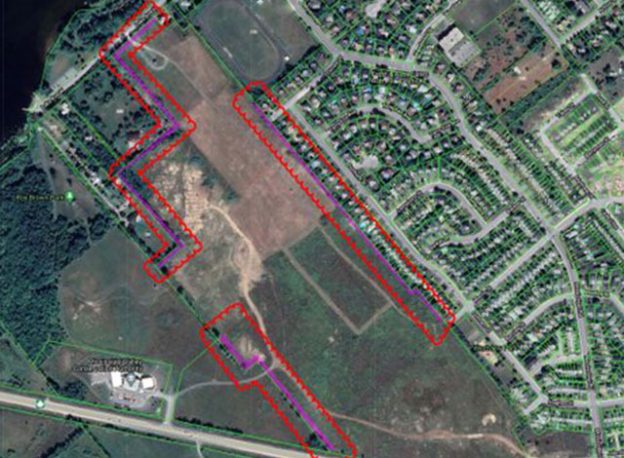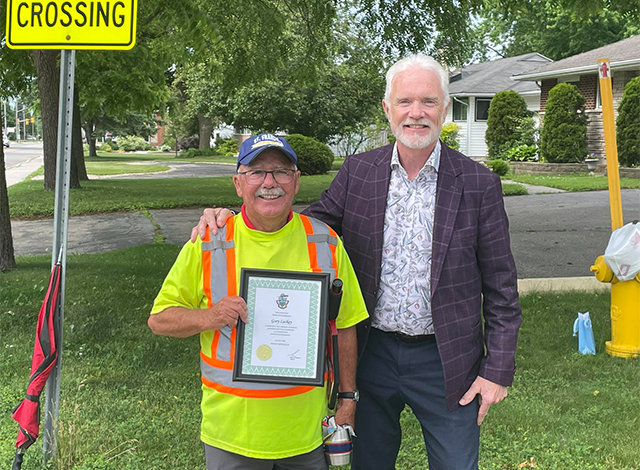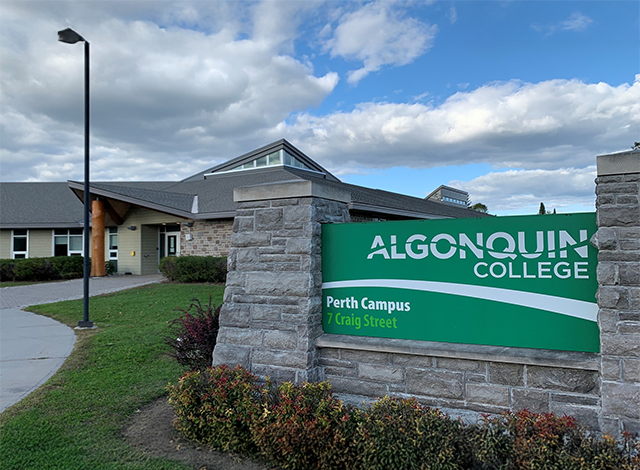Our current pandemic has inadvertently created a bump in local real estate demands, as those in the market for relocation have expanded their choices to include and sometimes focus on smaller towns and rural areas in search of a residence that’s safer from a public health standpoint. Carleton Place has seen a price tag jump of 21% between Nov 2019 and Nov 2020 with the average sticker price now coming in at just over $436K. But growth in this small urban centre has been accelerated ever since the four-laning of Hwy 7 to Ottawa was completed in 2012. And previous town councils and planners were preparing for the expected boom as far back as 1996 when the process to annex Beckwith Township’s Highway 7 commercial corridor into Carleton place began. That amalgamation project saw CP absorb a large additional swath of land south of the highway to serve future development needs.
Municipalities must create, enforce, and regularly update their official plan (OP) to control and foster responsible and sustainable development in a manner acceptable to the majority of residents and good planning practices, and in keeping with a slew of upper-tier government regulations and guidelines. Carleton Place is currently in the middle of a comprehensive review of their OP and Hometown News spoke with Niki Dwyer, director of development services for the town to get an update on the process and some idea of where CP is heading.
Part of any review and amendments to an OP involves public consultation, a function made extremely difficult with gathering restrictions due to Covid-19, so virtual meetings and remote online surveys have become critical tools. As of this writing, town staff had received 200 completed surveys and has extended the Feb 12th deadline by two weeks to gather more. Dwyer is hoping for 300 responses as the most recent survey for amendments to the town’s master transportation plan garnered 309. When asked how much of an impact public opinion would have on the outcome, she stated this input was vital to help staff understand the views of residents. She pointed out the fact that another recent survey regarding the town’s interim control bylaw (covering infill development in selected areas of the oldest parts of town), received very few responses but the ones that did come in were extremely valuable in pointing out some issues not previously considered. Those responses went on to help formulate the permanent restrictions that recently became law.
She was quick to remind everyone that one of the reasons for this current OP review was not created by the town. That came in the form of a population projection from Lanark County that predicted CP’s head count would almost double to 20,964 by 2038. The 2016 census pegged that number at 10,644. In her opinion, council is carefully considering the pressures that come with that amount of growth so quickly. Planning for orderly and responsible development is a complicated affair. There are several large tracts of land, owned by developers within the municipality. Some will be residential subdivisions, and some will see commercial and employment land uses. And there are many factors outside of the scope of influence and control of council. A great example is the city of Ottawa’s plans for their urban boundary expansion which may drive consumers to look to Carleton Place for better prices and bigger living spaces with more accommodating transportation infrastructures. Dwyer and her team have three different growth scenarios in their plans which will be presented to council and the public, hopefully by the end of March for comment and consideration. She wishes to assure residents that the input from developers won’t be weighed heavier than their own.
However growth will come and council will have to tread a fine line between what current residents find acceptable and what development land owners will propose. And in rare cases, those decisions are made at the provincial level through the Local Planning Appeal Tribunal (LPAT) the replacement for the Ontario Municipal Board (OMB). When LPAT was originally set up by the Ontario Liberal government, under Kathleen Wynne, municipal land use decisions (as long as they met the guidelines of their Official Plans) were not appealable. But the Conservatives, under Doug Ford, changed that, and now developers can seek to have municipal orders overturned.
The deadline for public comment, via the online survey, on the town’s comprehensive review is Feb 26 and the link can be found at the town’s website; carletonplace.ca. It’s on the home page. The use of a device with a larger screen will help in viewing the attached land maps that are part of the survey.



















